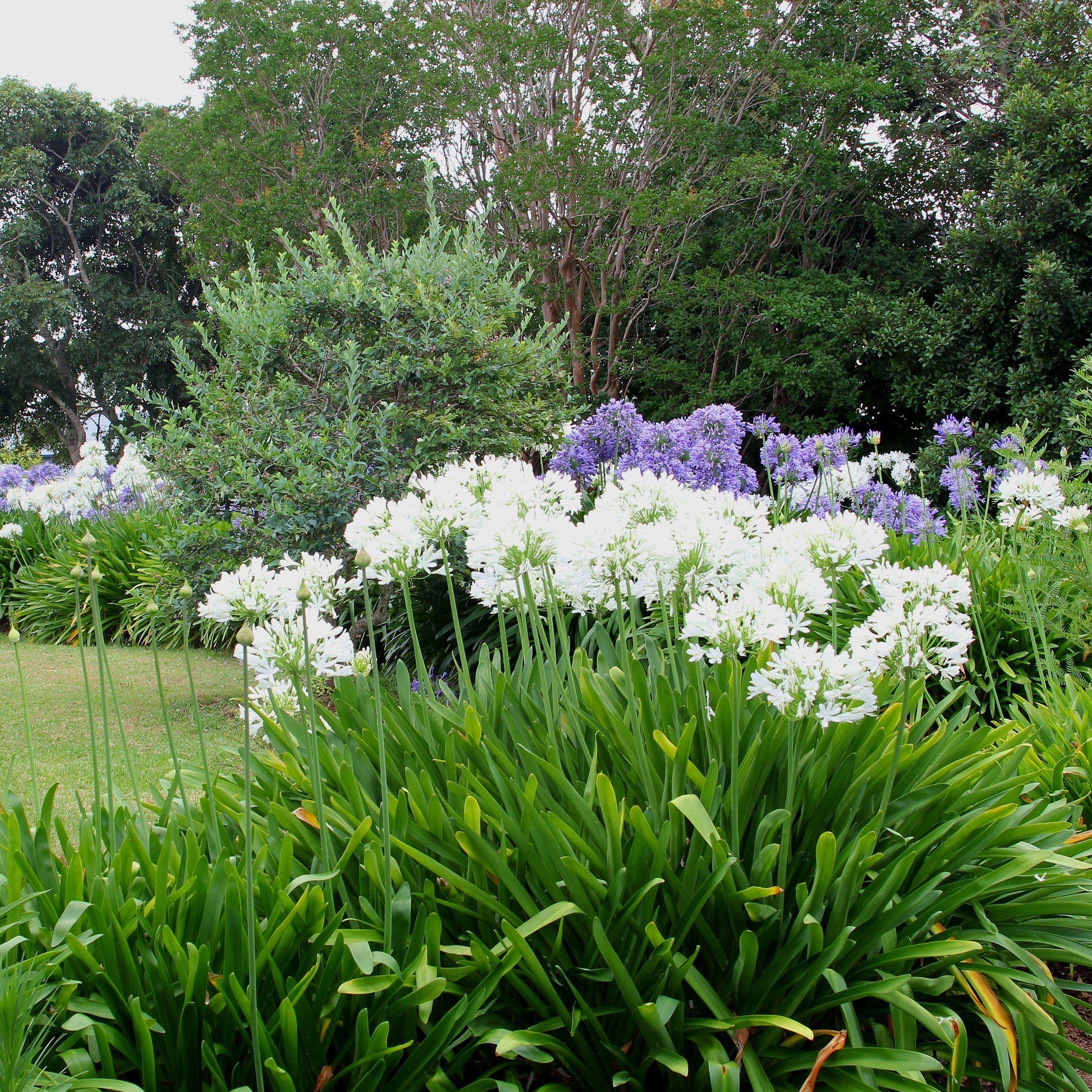Mastering the Art of Agapanthus Treatment: Important Actions for Healthy And Balanced Growth and Lively Blooms
In the realm of cultivation, the farming of agapanthus stands as a satisfying venture for those who look for to nurture these sophisticated flowering plants. From picking the best range to understanding trimming methods, the trip in the direction of cultivating prospering agapanthus plants is multifaceted and holds the key to opening the full possibility of these agricultural treasures.

Selecting the Right Agapanthus Selection

When picking the ideal Agapanthus variety for your yard, think about elements such as climate viability, blossom color, and development routine. In addition, think about the climate in your region to make certain the Agapanthus selection you select can grow in your particular conditions. Understanding the development routine of various Agapanthus varieties is crucial for correct placement within your yard.
Ideal Growing Conditions
Considering the ideal ecological demands is essential for successful Agapanthus farming. Agapanthus plants are delicate to chilly temperatures and must be shielded from frost during wintertime months.
To make sure healthy and balanced development and vivid flowers, plant Agapanthus bulbs at a deepness of concerning 2-4 inches and area them 8-12 inches apart. Including organic issue, such as garden compost, to the dirt can improve drain and fertility, promoting durable origin advancement. Mulching around the base of the plants assists maintain wetness and reduces weed growth. Normal watering is essential, especially throughout the expanding season, to keep the soil constantly damp yet not waterlogged.
Watering and Fertilizing Tips
Maintaining proper wetness levels and giving vital nutrients are crucial elements in the care program for Agapanthus plants. When it comes to sprinkling Agapanthus, it is critical to strike a balance. These plants favor consistently damp dirt however are susceptible to root rot if overwatered.
Fertilizing Agapanthus is vital for promoting healthy and balanced growth and respected blossoms. Use a well balanced fertilizer, such as a 10-10-10 formula, in the early spring as brand-new development emerges. Repeat this application every 6-8 weeks throughout the expanding period. Stay clear of too much fertilization, as it can result in rich vegetation at the expenditure of blooms. Always comply with the supplier's guidelines for correct dilution and application methods. By complying with these watering and fertilizing ideas, you can guarantee your Agapanthus plants thrive and create lively, lasting blossoms.
Trimming Methods for Agapanthus
Pruning Agapanthus plants at the suitable times and with appropriate strategies is vital for keeping their health and wellness and promoting ideal growth and flowering. The ideal time to prune Agapanthus remains in late winter season or early spring prior to new growth emerges. Start by getting rid of any kind of dead or yellowing fallen leaves near the base of the plant. Cut them as close to the ground as feasible without harming the arising shoots.
Deadheading invested flowers can additionally redirect the plant's power into creating even more blooms instead than setting seeds. If you desire to collect seeds for proliferation, leave some blossoms to mature and completely dry on the plant.
Remember to utilize tidy, sharp tools to make specific cuts and decrease the danger of presenting conditions. Agapanthus. Regular pruning will certainly help keep your Agapanthus looking healthy and Website neat while making sure an abundant display of beautiful blooms
Dealing With Usual Pests and Illness
After making certain proper trimming strategies for Agapanthus, it is necessary to attend to usual pests and conditions that can influence the health and vitality of these plants. Agapanthus plants are typically hardy yet can still succumb certain issues. One usual insect that impacts Agapanthus is the Agapanthus gall midge. This small, orange fly lays its eggs in the foliage, bring about distorted development and blossom buds that fail to open up. To fight this insect, prune and ruin any damaged plant parts and consider using insecticidal soap.
An additional typical problem is fungal leaf area, which provides as dark lesions on the leaves. To avoid fungal conditions, ensure great air flow around the plants, prevent overhanging click resources watering, and eliminate any contaminated fallen leaves quickly. Additionally, Agapanthus plants can deal with origin rot if they are planted in badly draining dirt. To stop this, plant Agapanthus in well-draining soil and prevent overwatering. By being cautious and taking timely action versus parasites and diseases, you can assist your Agapanthus plants thrive and generate vibrant flowers.

Final Thought
In verdict, understanding the art navigate to this website of agapanthus care entails picking the appropriate selection, supplying suitable growing problems, correct watering and feeding, proper pruning strategies, and addressing usual parasites and conditions. By complying with these vital steps, you can ensure healthy development and vivid blossoms for your agapanthus plants. Bear in mind to regularly monitor and keep your plants to promote their general well-being and longevity.
To make certain healthy and balanced growth and vibrant blossoms, plant Agapanthus light bulbs at a depth of concerning 2-4 inches and space them 8-12 inches apart. By following these watering and feeding ideas, you can ensure your Agapanthus plants grow and produce vibrant, durable flowers.
One common parasite that impacts Agapanthus is the Agapanthus gall midge. In addition, Agapanthus plants can experience from root rot if they are grown in inadequately draining pipes soil. By adhering to these necessary steps, you can ensure healthy and balanced development and lively blooms for your agapanthus plants.
Comments on “Seasonal Agapanthus Care: Getting Ready For Winter Season and Summertime”